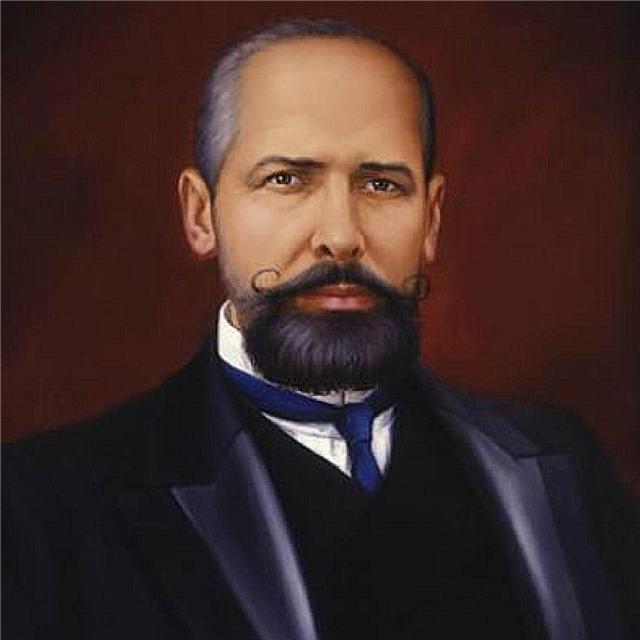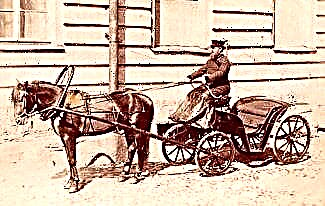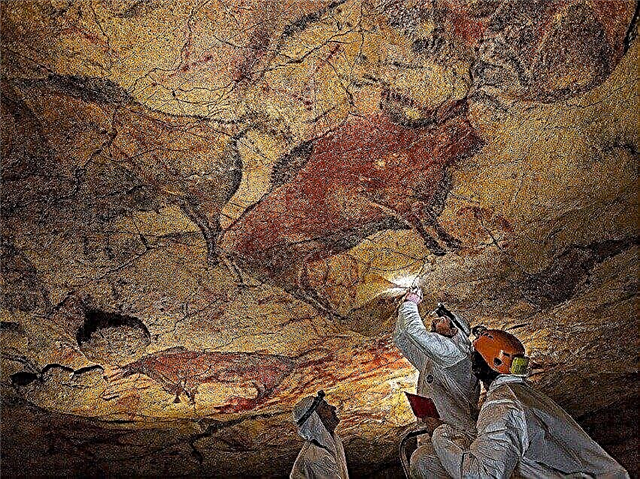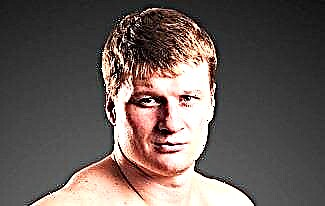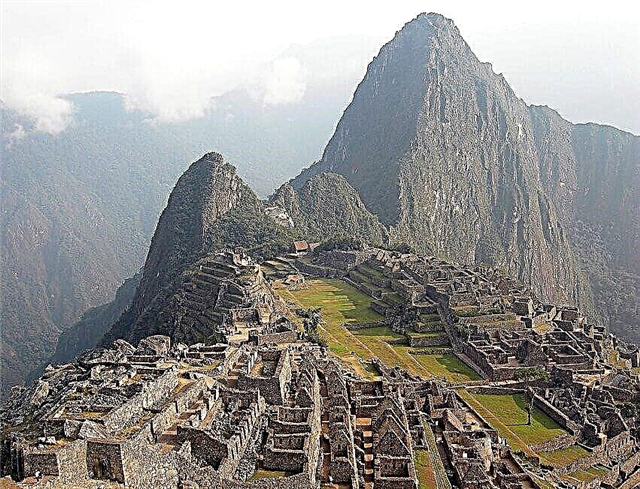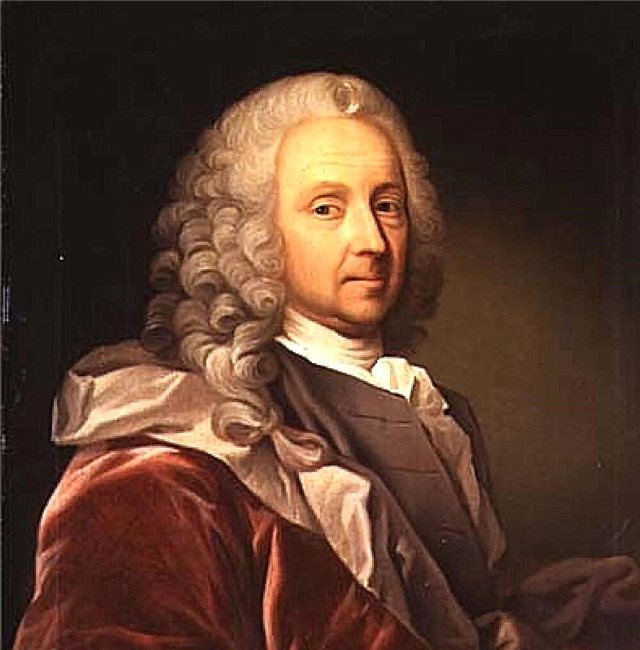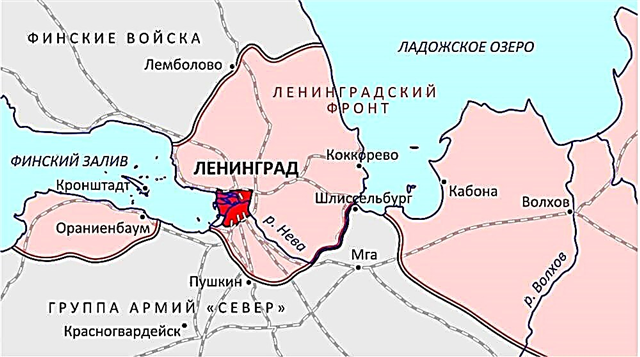Neuschwanstein Castle looks more like a fairytale building in which every princess would like to live. The tall towers surrounded by forests, located on the hill of the Alps, instantly catch the eye, but the way the museum is decorated from the inside is impossible to describe in words. Many cultural figures come here specially to be inspired to create another masterpiece.
Basic information about Neuschwanstein Castle
The fairytale palace is located in Germany. Its name is literally translated as "New Swan Stone". Such a lyrical name was given to the building by the Bavarian king, who dreamed of building a romantic castle for his residence. The architectural structure is located on a rocky area, which is reflected in the name.
For those looking to visit this unique place, it is worth knowing where Neuschwanstein is located. The attraction does not have an exact address, since it is located some distance from large settlements, but trains and buses run to the museum, and any local will give detailed instructions on how to get from Munich to the town of Fussen in Bavaria. You can also get to the castle by a rented car using the coordinates in the navigator: 47.5575 °, 10.75 °.
The opening hours of the romantic palace depend on the season. From April to September, you can get inside from 8:00 to 17:00, in other months, admission is allowed from 9:00 to 15:00. In winter in December, do not forget about the Christmas holidays, at this time the museum is closed. The castle is officially closed four days a year: on Christmas Day 24 and 25 December and New Year's on 31 December and 1 January.
Neuschwanstein Castle is made in a neo-gothic style. Christian Jank worked on the project, but no decision was made without the approval of Ludwig of Bavaria, since only the ideas of the king, who started this difficult construction, were realized. As a result, the structure is 135 meters long and rises from the base by 65 meters.
The history of the creation of Neuschwanstein Castle
It is not a secret for anyone in Germany which ruler built the famous palace in Bavaria, since in fact this project took over the ruler for many years. The foundation was laid on September 5, 1869. Before that, the ruins of old fortresses were located on the site of the future "romantic nest". Ludwig II gave the order to blow up the plateau in order to lower it by eight meters and create an ideal site for the castle. First, a road was laid to the construction site, then a pipeline was built.
Edouard Riedel was assigned to work on the project, and Christian Jank was appointed master. Each drawing was created from the descriptions of the king, after which he was also approved. During the first four years, a magnificent gate was erected, and the royal chambers on the third floor were prepared. The second floor was almost fully equipped for a comfortable stay in the residence.
Further construction was carried out in an even more accelerated mode, since Ludwig II dreamed of settling in Neuschwanstein Castle as soon as possible, but it was not possible to complete it in ten years. As a result, in 1884 the king could not resist and decided to move to the palace, regardless of the fact that the work was still going on. In fact, the creator of this architectural creation lived in it for only 172 days, and the last details on the decoration of the castle were completed after his death.
Exterior and interior features
Most of the castle is made of marble. It was specially brought from Salzburg. The portal and bay window are made of sandstone. The exterior design fully corresponds to the laws of the neo-Gothic, and the castles of Hohenschwangau and Wartburg were adopted as prototypes for the creation of the palace.
From the inside, the creation of Ludwig of Bavaria cannot fail to impress, because here luxury reigns everywhere. The most important is the Singers' Hall, which repeats the performance of the Festive and Song Halls of the Wartburg. One gets the impression that the entire Neuschwanstein Castle was built surrounded by this room. Canvases illustrating the legend of Parzifal were used as decoration.
Despite its purpose, the room was never used during the king's lifetime. For the first time, a concert took place there 50 years after the death of Richard Wagner. From 1933 to 1939, events were regularly held in the singers' hall, but due to the war and until 1969, the premises were again empty.
It should be noted the most beautiful throne room, which was never completed in full. During its construction, religious motives were used. The throne is installed in a special niche, reminiscent of a basilica, which speaks of the king's relationship with God. All surrounding decoration depicts saints. The mosaic floor is made in the form of a firmament with representatives of flora and fauna depicted on it.
In the interior of the entire Neuschwanstein Castle, the close friendship between Ludwig II and Richard Wagner is clearly traced. A huge number of pictures depict scenes from the operas of the German composer. There are messages from the king to Wagner, in which he describes his future project and tells a friend that one day he will settle in this fabulous place. Another feature of the decoration is the use of swans, which became the main idea for the construction of a romantic palace. The bird is considered a symbol of the family of the Counts of Schwangau, whose descendant was Ludwig II.
During World War II, all the values of the Reich were kept in a fairytale palace. Hitler's personal collection, consisting of jewelry, works of art, furniture, was placed in the halls, but later everything was taken out in an unknown direction. Rumor has it that most of the values were flooded in Lake Alat, so today you cannot see these beauties in the photo inside the castle.
Interesting facts about the fairytale palace
The castle has not only amazing architecture and interior decoration, but also an interesting history. True, not all of the king's ideas were implemented due to a lack of funds for construction. During the construction of Neuschwanstein, the budget was more than doubled, so the king left a huge debt after his death. It was important for creditors who was the heir of this creation, since the amount owed was several million marks.
In the fall of 1886, Neuschwanstein Castle was opened for paid visits, which made it possible to complete the construction and almost completely cover the accumulated debt within ten years. As a result, among the non-embodied ideas remained:
- knight's hall;
- tower 90 meters high with a church;
- park with a fountain and terraces.

At the moment, the Swan Palace is one of the main attractions in Germany. It is also worth mentioning what this museum has become famous for, in addition to its amazing history. Firstly, according to the stories, Tchaikovsky was inspired to create Swan Lake after visiting this romantic place.
We recommend reading about the Chenonceau castle.
Secondly, you can see the lock on a 2 euro coin, issued especially for collectors. It appeared in 2012 as part of the series "Federal states of Germany". The color image of the palace underlines the spirit of romanticism inherent in this building.
Thirdly, the report often mentions that Neuschwanstein Castle became the basis for the creation of the Sleeping Beauty Palace in the famous Disney Park in Paris. It is not surprising that the architectural monument is often used for filming in films or as a setting for video games.
The castle in the south of Germany is rightfully considered the key attraction of the country, because its beauty attracts thousands of tourists for a reason. "Swan's Nest" became famous all over the world, and to this day the history of his creation is retold and overgrown with new legends.


